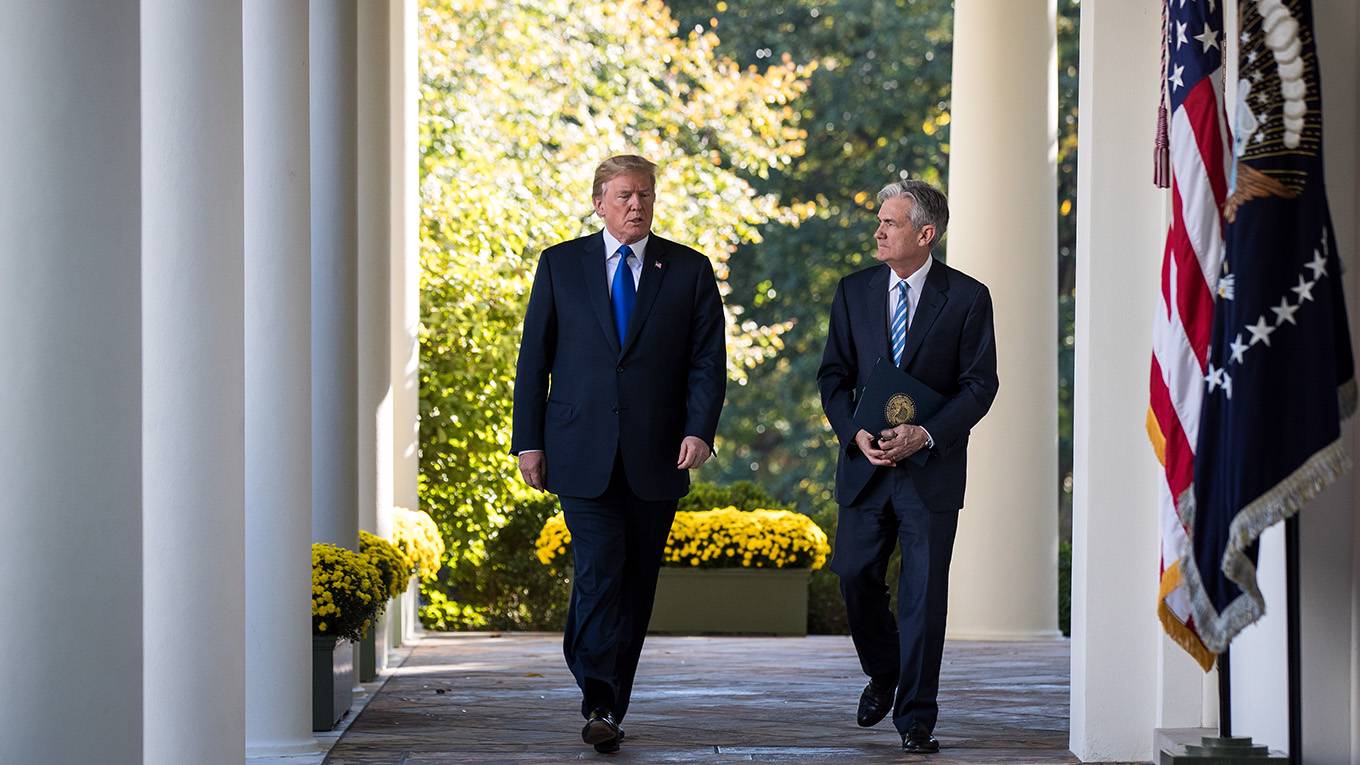JIM O'NEILL
But recently, the litany of unfortunate circumstances has gotten so long that the joke is hard to pull off. One now must also list the political crisis in Hong Kong, a burgeoning diplomatic and economic dispute between Japan and South Korea, the Indian government’s revocation of Jammu and Kashmir’s autonomy – and India-Pakistan tensions more generally – and growing turmoil within South Africa’s ruling African National Congress.
Making matters worse, this has been a particularly rough summer in terms of the weather: heat waves across Europe and the US have served as a forceful reminder of the growing effects of climate change on our everyday lives. Add to all this other persistent sources of global uncertainty – from the Middle East and Russia under President Vladimir Putin to social-media disruptions and antimicrobial resistance – and you have a recipe for despair.
If these were normal times, recent global developments would be showing up as sharply rising risk premia, especially given that global growth has slowed substantially over the course of 2019. But these are not normal times, owing primarily to the current state of monetary policymaking. Here, one must wonder if Trump has been escalating his threats of additional tariffs against China as a way to pressure the US Federal Reserve to reduce interest rates. After all, his recent Twitter tantrum on this issue came shortly after the Fed’s decision to cut its policy rate by 25 basis points. In Trump’s view – and in the view of the markets – that cut apparently wasn’t large enough.
I sometimes wonder if Trump isn’t like a James Bond villain, pursuing a secret, unnecessarily convoluted master plan for world domination. There certainly isn’t any evident logic behind most of what he does. To be sure, when it comes to foreign policy, his populist posturing may be intended to goad other leaders around the world into similar behavior. Indian Prime Minister Narendra Modi’s moves in Kashmir, as well as the Japanese and South Korean governments’ tactics toward each other, seem to come straight from the Trump playbook. Politicians around the world are no doubt telling themselves that if such behavior is acceptable for the US leader, it is appropriate for them, too.1
The political logic of Trump’s domestic strategy, however, is harder to explain. Much of it is about shoring up his voter base for the 2020 presidential election. But to win a second term, he will need to peel off more voters at the margins, and it is not clear that his current approach to domestic policy will win over those who do not already support him.
As always with an incumbent, much will depend on the economy. Though the US unemployment rate remains very low, the growth cycle has slowed and is now increasingly vulnerable. Worse, the US economy seems to have developed a one-way relationship with broader financial conditions, by which I mean short-term interest rates, bond yields, stock prices, the value of the dollar, and home prices. The US economy would suffer if these financial conditions grew tighter, but it would barely benefit if they were to loosen.
It is not clear that Trump and his advisers follow these financial conditions particularly closely. They seem desperate for a dramatic easing, yet Trump’s threat of additional tariffs on Chinese imports has rattled global markets – including the shares of many US multinationals – and led to tighter financial conditions in the US, owing to the rising value of the dollar. To offset that effect, both short- and long-term US interest rates would need to fall significantly. And, to be sure, there are some days when financial conditions do loosen, because the prospect of new tariffs, and thus higher consumer prices, leads investors to pour into bonds, thereby offsetting the tightening effects of a rising dollar and weak equities.
Looking beyond the daily movement of the markets, it is possible that Trump is counting on the Fed to become a hostage of financial conditions, especially if bond yields drop and the yield curve inverts. That could prompt it to pursue larger rate cuts than previously indicated. But further monetary easing would do very little to mitigate the risks to the economy, because these risks are not emanating from monetary-sensitive sources.
Moreover, Trump’s unpredictability has heightened risks for exporters and anyone else responsible for making long-term investment decisions. The only way for monetary-policy loosening to work, then, is if consumers take on a larger role in driving growth. And yet consumption already accounts for 70% of US GDP, and the trade war is driving up consumer prices, potentially setting the stage for rising unemployment.
This brings me to a point I have made many times before: global economic growth in this decade and the next is going to depend on Chinese, not American, consumers. At some point, the US, whether under Trump or someone else, must accept this fact and recognize it as an opportunity. The rise of the Chinese consumer could help to address many of America’s own economic problems, if only America would stop standing in the way.

No comments:
Post a Comment